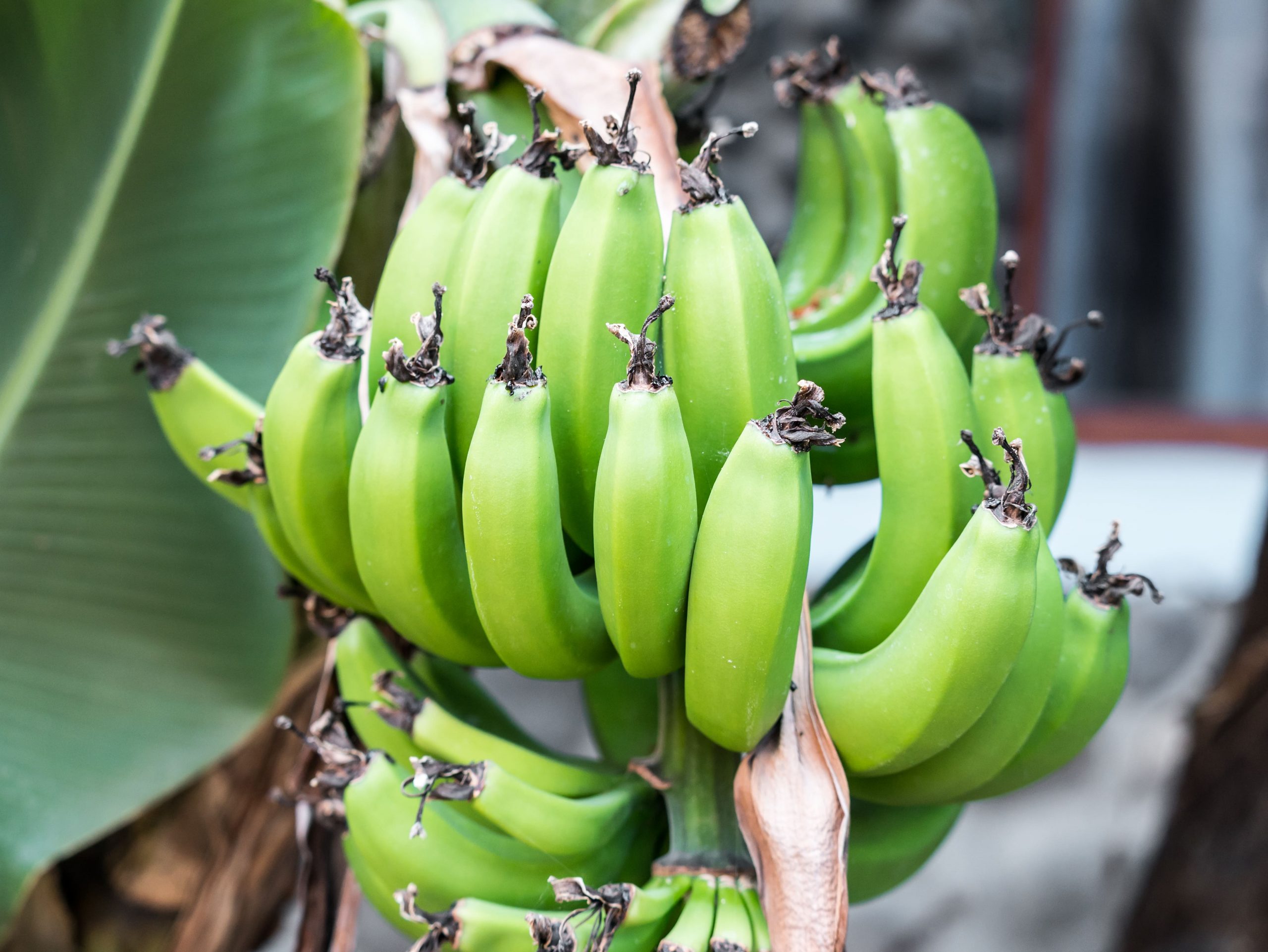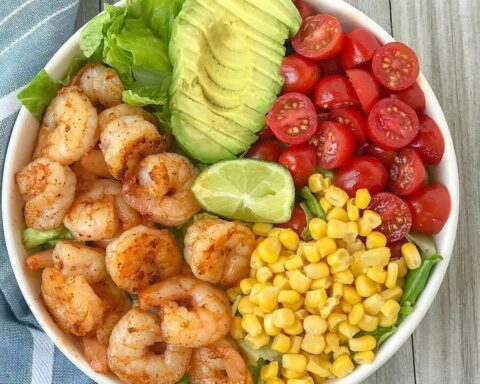How many calories and carbs are in bananas? Find out in the Banana’s nutritional profile below.
We all have our favorite fruit, and for most of us, the sweet yellow friend, bananas, are our best. Bananas are naturally sweet and stomach filling. More to that, they prove to be nutritious fruits recommended for a healthy lifestyle. Fruits have high calories because of the sugars found in them. As a banana lover, you may wonder what instills for you upon taking this naturally-sweetenedfruit. While there are many stories about bananas, not all are true. Whether you want to lose weight or add weight, knowing the number of calories found in them is important. So, what is there to know about bananas, their calories, and carbs?
Banana’s Nutritional Profile
118 grams of a banana, about 8 inches, will contain the following;
- Fat; 0.4grams
- Protein; 1.3grams
- Fiber; 3.1 grams
- Sugars; 14grams
- Calories; 105 grams
- Carbs; 22.84 grams
- Potassium 12% of the required intake
- Manganese 14% of the required intake
- Folate 6% of the required intake
- Riboflavin 5% of the required amount
- Vitamin c 11% of the required intake
- Vitamin B6 25% of the required intake
- Calcium 0.5%
- Carbohydrates 27 grams
- Iron- 1.7%
- Cholesterol 0mg
Calories in a Banana
Bananas are found in different sizes, so it may be difficult to tell the exact amount of calories. But here is a clue to have an accurate amount. The smallest banana, which is 6 inches long, weighs 80 grams and contains 72 calories. The type about 7 inches long delivers about 90 calories. A medium size of about 8 inches long has 105 calories. A big banana of about 9 inches contains 120 calories, and any size over that will have a minimum of 135 calories. Banana slices which weigh about 150 grams, provides 134 calories. As for mashed bananas 2 weighing 225 grams or more, they have 200 calories. All calories are from carbs and some from proteins.
Carbs from bananas
Carbs are bad stuff when you’re strict with your calories intake. Less ripe bananas store their carbs in starch form, which is commonly known as resistant starch. This resistant starch does exactly what you’ve pictured in your mind. As the name may suggest, Its performance is like that of fiber, and it resists digestion. Meaning it remains in the same state until it gets to the colon to feed the good bacteria in the gut. Have you seen how these banana carbs are so useful?
Carbs amount in bananas according to their size;
- Extremely small-19 grams, less than 6 inches
- Small-23 grams, about 7 inches
- Medium size- 27 grams, 8 inches
- Large- 31 grams, 9 inches
- Extremely large- 35 grams, above 9 inches
- Sliced- 34 grams, 1 cup full
- Smashed- 51 grams, 1 cup full
Which Are Healthier, Ripe, Or Unripe Bananas?
While both ripe and unripe bananas are healthy, each type has its specific benefits. Some individuals prefer green kinds, while others can do anything to have yellow bananas.
Ripe bananas
Ripe bananas are yellow, soft, and may have brown spots. Their sweetness is on another level, and you’ll enjoy each bite. On average, it contains 8% starch and 91% sugars. They are easy to digest because of the high amounts of the glycemic index. This yellow friend of ours has its resistant starch converted to simpler sugars, making the digestion process smooth. As they ripen, their antioxidants levels increase. Meaningif you take an overripe banana, you’ll get the most out of antioxidant properties(though I am not telling you to eat a spoilt fruit). They also have a component known as Tumor Necrosis Factor(TNF), which are generously loaded with anti-cancer properties and eliminate abnormal cells in the body. The more age and dark spots it has, the higher quality of immunity. So look for mushy, brown types if you want more immunityvalue from bananas. However, this type also offers some advantages. Too aged bananas may lack some micronutrients like vitamins and minerals. Also, the high amounts of sugars may be unhealthy for persons with Type 2 Diabetes.
Unripe bananas
Some individuals want nothing but green and waxy bananas, which are firm and have some bitter taste. They contain 40% starch. They have lower amounts of sugars, making it safe to eat for anyone with low sugars tolerance. These green buddies have probiotic bacteria, which promotes good colon health. Also, they have more power than ripe bananas when it comes to absorbing nutrients such as calcium.
However, there are some cons to prepare. They have low antioxidants amounts, and their high levels of resistant starch may lead to bloating.
What’s The Safe Amount to Eat?
Bananas are super healthy fruits. Even so, there is no specificinformation about the good or bad amount to eat. It all depends on your calorie and nutrients requirements. If you love them and can tolerate the high sugar levels, you can take as many as you want. But keep the calories count in mind; we don’t want you to get fat. To keep it safe and moderate, take two bananas in a day.
Other Health Benefits Of Bananas
They improve kidneys performance
Potassium, which bananas offer in plenty, is good for maintaining good blood pressure levels. It helps you not overeat andhealthy kidney. Certain research studies on women proved that those eating about three bananas a week have lower chances of getting kidney illnesses.
Improve the insulin sensitivity
Insulin insensitivity is a high-risk factor for most diseases in the world, especially type 2 Diabetes. The resistant starch available in unripe bananas helps to control insulin levels.
Overeating is a problem for many, especially those with big body mass.Bananas offer appetite-reducing elements that will make you feel full for a long time, hence protecting you from eating more than you should.
It keeps your heart healthy
In addition to potassium, bananas are rich sources of magnesium, which are boosters for a healthy heart. Adding bananas to your diet will improve your heart’s health.
Conclusion
Bananas are irresistible, and after knowing all their benefits, you should not miss adding them to your diet. Let them be on your top list anytime you’re making a grocery list. I’ll conclude by informing you about other interesting facts about bananas. Bananas are categorized as a berry. Also, they work as mood boosters because they contain amino acids, tryptophan, and Vitamin B6, which produce serotonin for good moods. Lastly, the inside part of banana peels relieves inflammation and itching caused by poison ivy or insect bug.
- Our Big Kitchen’ (OBK) is a non-profit organization located in Sydney, Australia - April 10, 2023
- Duos CBD, a hemp product E-commerce website - April 10, 2023
- SOFA SPOONING SEX POSITION - April 7, 2023









